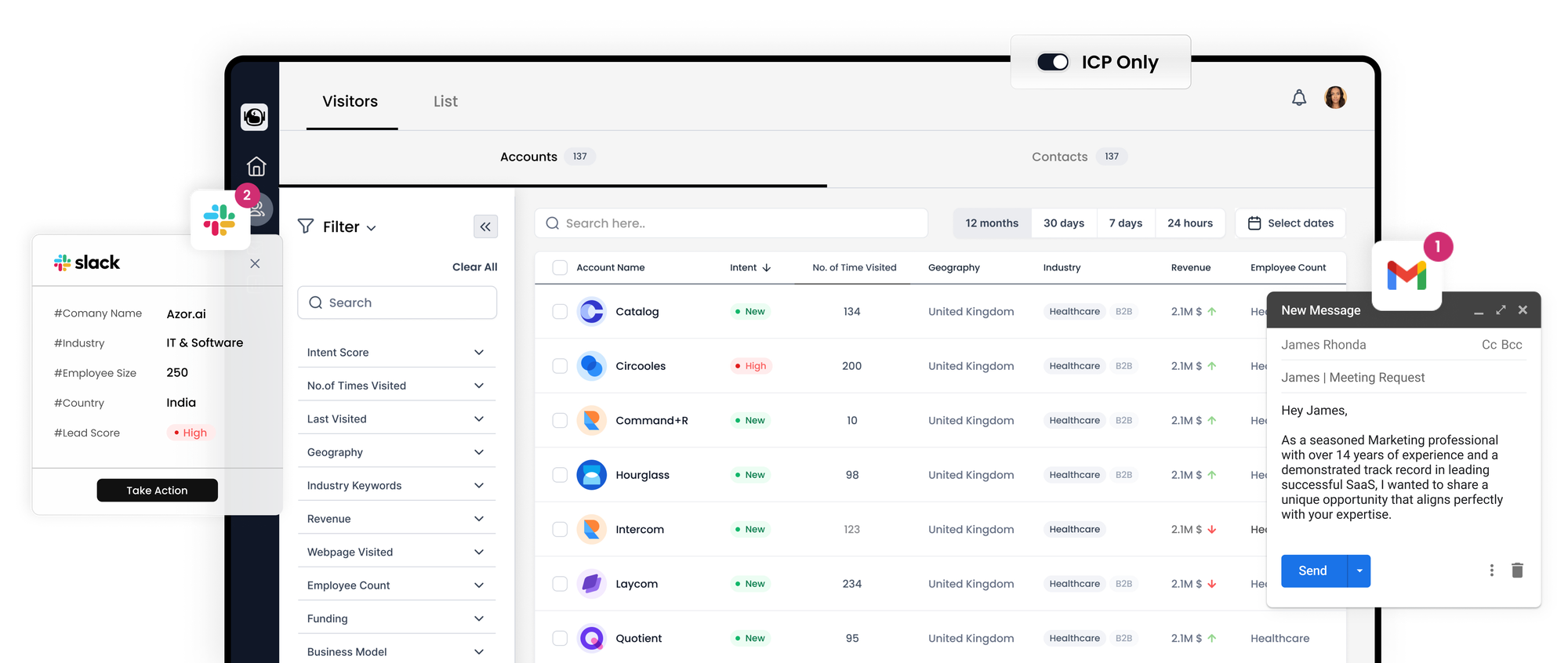Exploring 8 B2B Marketing Automation Strategies to Keep Your Sales Funnel Overflowing

In the realm of business, it's a common challenge for marketing teams to find themselves stretched thin. Every task seems urgent, and the workload often leads to burnout. The constant need to generate, nurture, and convert new leads makes the to-do list never-ending. So, how can you possibly add more tasks to an already hectic schedule? The answer lies in harnessing the power of marketing automation.
Implementing marketing automation can not only help you maintain a steady flow of prospects in your sales funnel but also free up valuable time for other essential activities. Consider these statistics:
- Businesses utilizing Marketing Automation experience a remarkable 451% increase in qualified leads.
- Capterra witnessed a 400% boost in its sales qualification rate after adopting marketing automation software.
- A significant 80% of marketing automation users generated more leads, leading to a 77% increase in conversions.
It's evident that more marketers recognize the significance of incorporating marketing automation into their strategies. Forecasts indicate that the marketing automation software industry is poised to grow at a Compound Annual Growth Rate (CAGR) of 17.67% by 2027. The global market for marketing technology was estimated to be worth a staggering $344.8 billion in 2021, and marketing automation spending is projected to exceed $25 billion by 2023.
Interested in embracing this technology for your business? Here, we present 8 B2B marketing automation strategies that warrant exploration:
1. Email Outreach
2. Lead Tracking
3. Lead Nurturing
4. Lead Scoring
5. Customer Profiling & Data Enrichment
6. Welcome and Onboarding
7. Upsell and Cross-sell
8. LinkedIn Outreach
Before diving deeper into each of these strategies, let's first establish the fundamentals.

Understanding B2B Marketing Automation
B2B marketing, which targets other businesses as customers, involves a more intricate approach compared to B2C (Business to Consumer) marketing. It deals with purchasing committees, composed of multiple decision-makers responsible for buying choices. However, B2B buying cycles tend to be more predictable.
Marketing automation proves especially beneficial for B2B strategies like account-based marketing, where high-value accounts with multiple decision-makers are targeted. Automation facilitates the delivery of highly relevant messages, emphasizing return on investment (ROI) to close deals effectively.
In contrast, B2C marketing focuses on the mass market, addressing individual consumers. The choice between B2B and B2C marketing hinges on understanding your end customers' profiles.
Key Differences Between B2B and B2C Marketing:
- B2B sales cycles can be more expensive and time-consuming, involving multiple decision-makers.
- B2B marketing emphasizes rational over emotional triggers, tailoring content to different stages of the sales cycle.
- B2B marketing necessitates close collaboration between marketing and sales teams, with a focus on personalized campaigns and support.
- While B2B marketing demands professionalism, injecting personality can be advantageous.
Leveraging Marketing Automation in B2B
With a clear understanding of B2B marketing, it becomes evident that this domain encompasses various marketing activities, which can be optimized through automation. The benefits of B2B marketing automation include precise targeting, streamlined sales processes, enhanced search engine ranking, effective lead generation, and the use of auto-nurturing to convert more leads.
Encharge, a B2B marketing automation software, offers powerful user segmentation features, enabling the identification of accounts that require special attention and the creation of tailored email campaigns to nurture relationships.
B2B Marketing Activities Suitable for Automation
1. Email Outreach
Personalized email campaigns for both inbound and outbound marketing efforts.
2. Lead Tracking
Real-time tracking of leads from various sources, providing insights for customization.
3. Lead Nurturing
Automated, personalized campaigns to educate and persuade prospects.
4. Lead Scoring
Ranking and segmenting leads based on engagement and readiness to convert.
5. Customer Profiling & Data Enrichment
Enhancing customer profiles with comprehensive data to enable targeted marketing.
6. Welcome and Onboarding
Setting the initial tone for brand engagement through automated welcome and onboarding emails.
7. Upsell and Cross-sell
Increasing sales by automating the process of upselling and cross-selling products or services.
8. LinkedIn Outreach
Automating connection requests and personalized messaging on LinkedIn.
Noteworthy Businesses Embracing B2B Marketing Automation:
- SmartBear achieved a 200% increase in lead volume through email automation.
- Thomson Reuters witnessed a 175% revenue boost after implementing marketing automation.
- Copa Airlines utilized marketing automation to increase revenue by 14%.
Helpful Tips for Starting B2B Marketing Automation
1. Develop a comprehensive B2B marketing automation strategy.
2. Ensure CRM integration in your automation software for streamlined sales processes.
3. Define revenue tiers to gauge the success of your marketing tactics.
4. Manage unsubscribes, invalid emails, and inactive contacts diligently.
5. Personalize lead nurturing based on buyer personas.
6. Craft messaging that resonates with your target audience.
7. Allocate time for social media marketing.
Incorporating these strategies and tips can help businesses effectively leverage B2B marketing automation to drive growth, enhance customer relationships, and optimize their marketing efforts.
